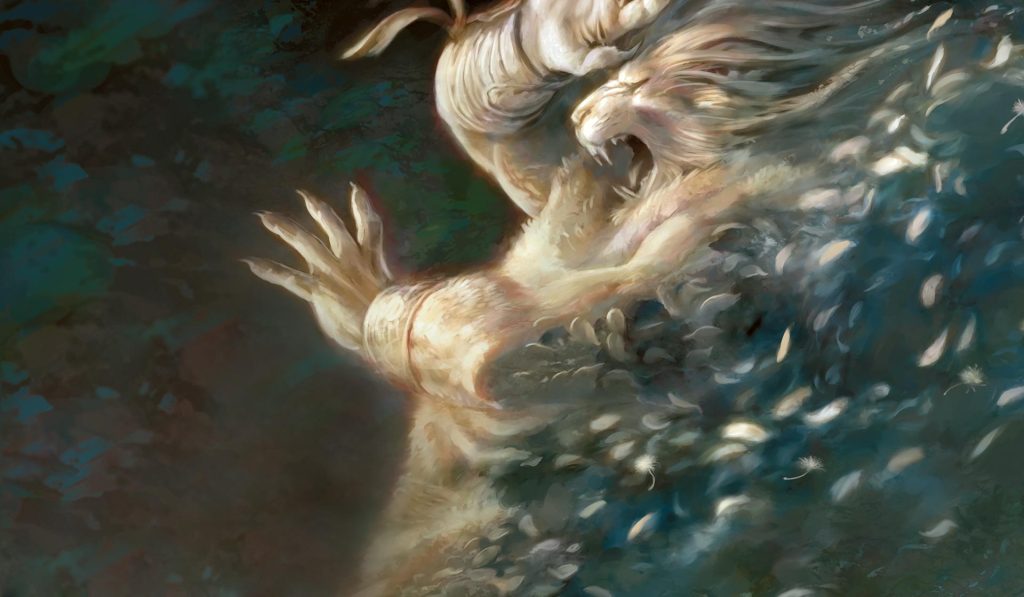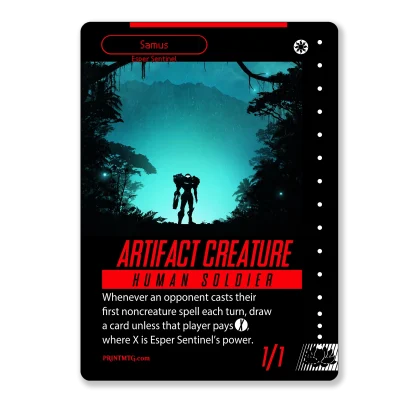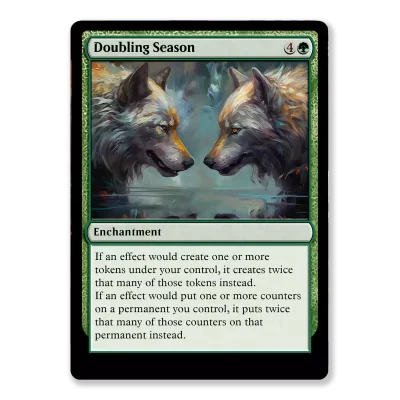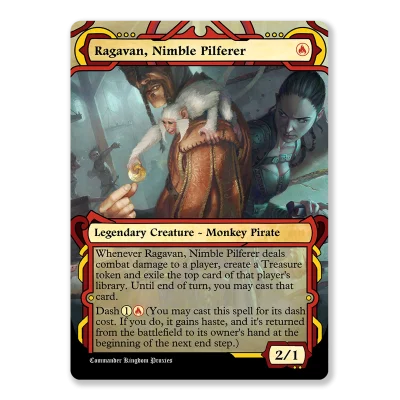Understanding the classification of cards in Magic: The Gathering (MTG) can significantly enhance gameplay and strategic planning. In MTG, not all card types are considered permanents. This is a key distinction, particularly when dealing with instants and sorceries versus other card types like creatures, lands, and artifacts.
What Are Permanents in MTG?
Permanents are cards or tokens that remain on the battlefield unless removed by a game action or effect. The five primary types of permanents are planeswalkers, creatures, enchantments, artifacts, and lands. These cards enter the battlefield and remain in play until they are destroyed, exiled, or otherwise removed.
Instants and Sorceries Explained
Instants and sorceries are unique in MTG due to their transient nature. They are not considered permanents because they do not stay on the battlefield after they are played. Instead, these cards represent one-time or short-term magical effects that go to the graveyard once their effects resolve.
In Magic: The Gathering, instants and sorceries represent two of the game’s most dynamic and strategic card types, distinguished from permanents by their immediate and one-time use nature.
- Instants are cards that can be played at almost any time, including during your opponent’s turn or in response to another spell or ability being cast. This flexibility allows players to surprise their opponents, disrupt their strategies, or protect their interests with timely interventions. For example, an instant can counter an opponent’s spell, provide a sudden buff to creatures, or remove an unexpected threat.
- Sorceries, while similar in effect to instants, are restricted in their timing. They can only be cast during one of the caster’s main phases and only when the stack is empty, meaning no other spells or abilities are currently waiting to resolve. This limitation requires players to plan their use of sorceries more carefully, integrating them into the broader strategy of their turn rather than reacting to opponents’ actions.
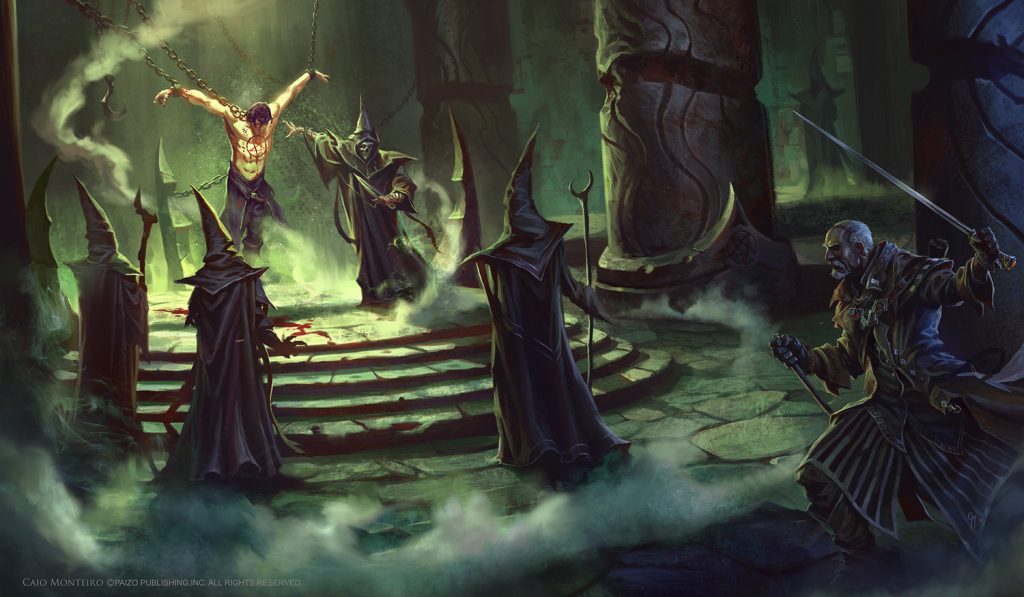
The primary difference between these card types and permanents lies in their duration on the battlefield. Permanents, such as creatures, lands, and enchantments, remain on the battlefield and continuously affect the game until removed. In contrast, instants and sorceries have an immediate impact—altering the state of the game, providing advantages, or disrupting opponents—before being placed in the graveyard after their effects resolve.
Gameplay Mechanics Involving Instants and Sorceries
The strategic importance of instants and sorceries in MTG gameplay cannot be overstated. These cards add a layer of depth and unpredictability to the game, allowing players to execute complex strategies and respond dynamically to their opponents’ actions.
- Strategic Impact: Instants and sorceries can significantly alter the course of a game. For instance, an instant that counters an opponent’s key spell can prevent them from executing their strategy, while a sorcery that destroys all creatures can reset the battlefield in your favor. The timing of these cards is crucial; instants, in particular, can be used to disrupt opponents’ plans at critical moments, such as during combat or in response to the casting of a game-changing spell.
- Examples and Strategies: Consider a scenario where an opponent attacks with a seemingly unbeatable creature. Using an instant like “Doom Blade” to destroy it before damage is dealt can turn the tide of battle. Alternatively, casting a sorcery such as “Wrath of God” to clear the battlefield of creatures prepares the ground for your counterattack on the next turn.
- Interactions with Permanents: While instants and sorceries themselves are not permanents, their effects often directly interact with or depend on the permanents in play. For example, a sorcery that allows a player to search their library for a land card and put it onto the battlefield interacts with the permanent aspect of the game by increasing a player’s mana resources. Similarly, an instant that temporarily boosts a creature’s power interacts with the creature permanent, potentially altering combat outcomes.
Instants and sorceries are essential tools in the MTG player’s arsenal, offering the means to influence the game’s state, respond to threats, and execute strategies that leverage timing and surprise to their advantage.
Notable Exceptions and Clarifications
- Tokens and Emblems: Tokens on the battlefield are considered permanents. However, emblems and dungeons, which are other gameplay elements introduced in certain sets, are not classified as permanents.
- Lands: It’s important to note that lands, while they are permanents, are never considered spells. They do not use the stack and are simply put into play, unlike instants and sorceries which are considered spells while they are on the stack.

Understanding Spells and Permanents
When a card is on the stack, it is considered a spell. This includes permanents being cast (they are spells until they resolve and enter the battlefield). Instants and sorceries are also spells when cast, but they move to the graveyard after resolving, emphasizing their non-permanent status.
In summary, while instants and sorceries play crucial roles in MTG gameplay, they do not count as permanents. This distinction is vital for interactions with other cards and abilities that specify or interact differently with permanents compared to other types of spells. Understanding these classifications helps players develop more effective strategies and responses during games.

